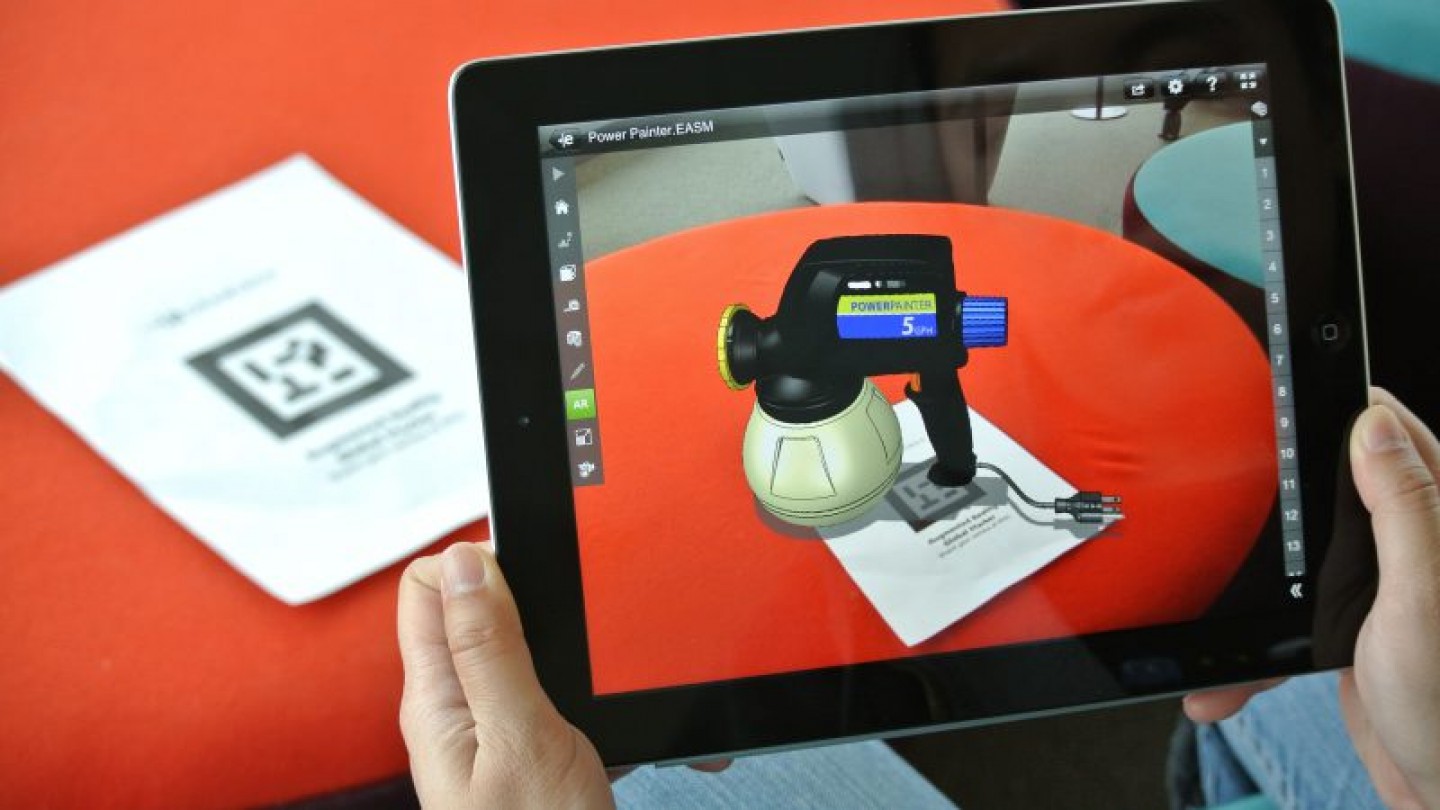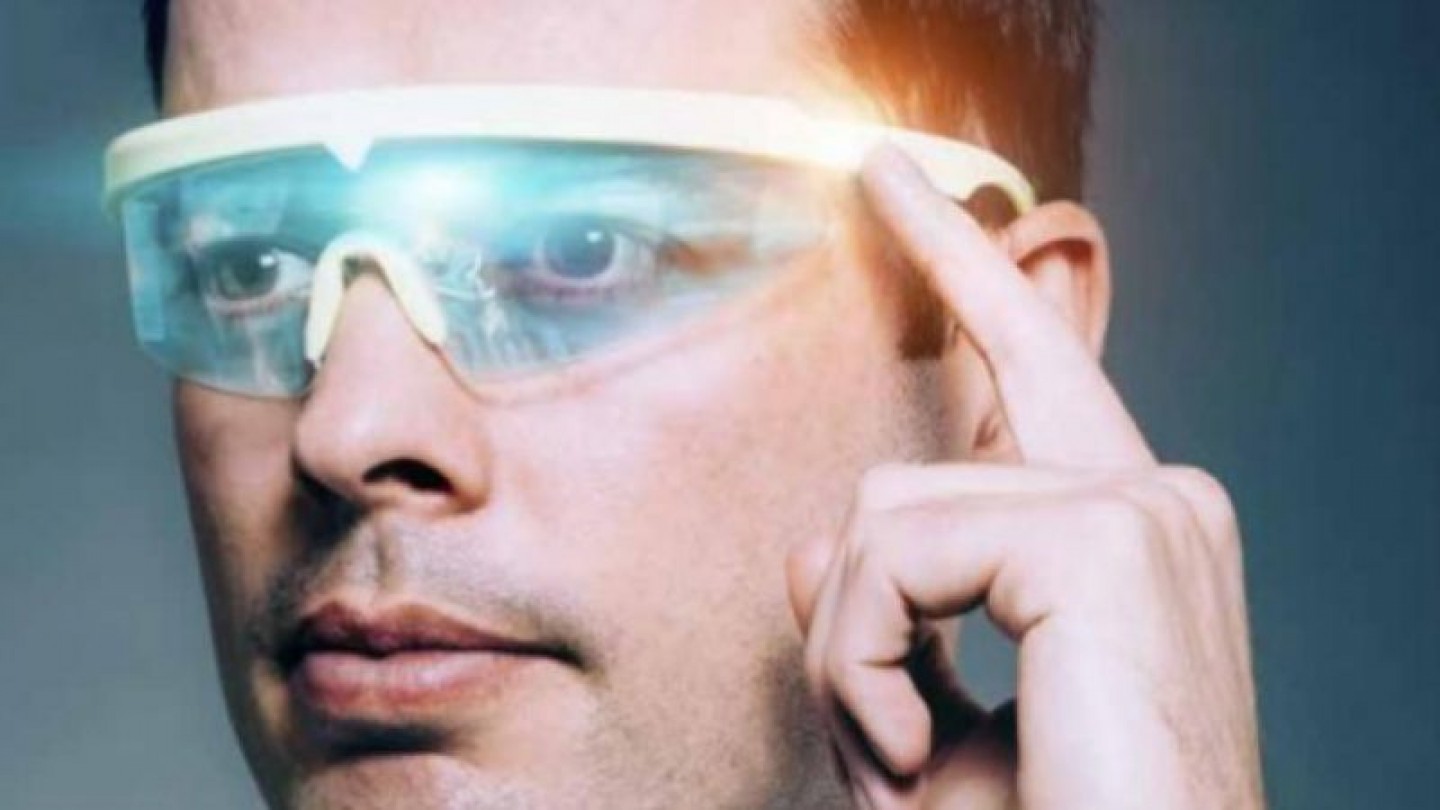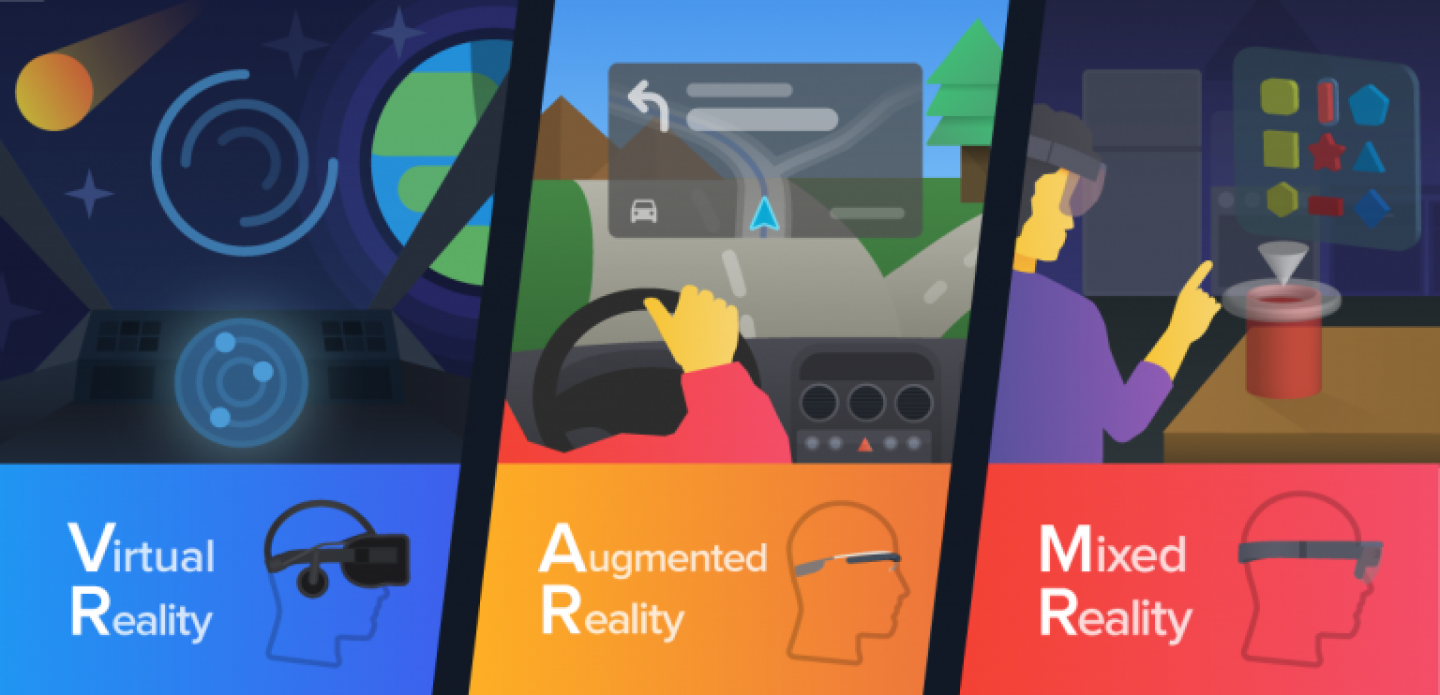What is AR?
First and foremost, augmented reality or simply known as AR, is a technology that incorporates digital information with the user’s environment in real time. Essentially, it works in such a way that it showcases elements which are augmented by computer-generated sensory input live in a physical, real-world. AR has the ability to superimpose information on the world we see by turning the surrounding environment into a digital interface simply by placing virtual objects in the real world, in real-time. There is a wide variety of ways that you can experience AR and trust me when I tell you this, each experience will be nothing short of amazing.











